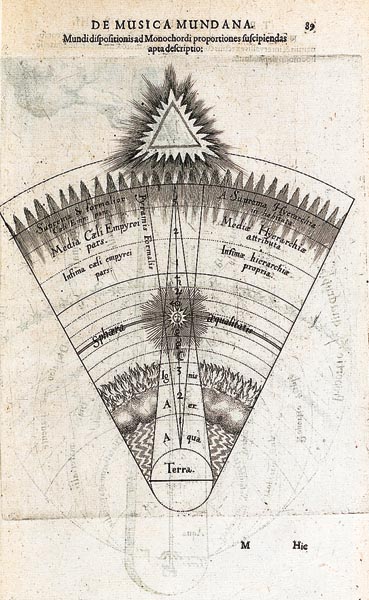
Layers of Onians
The seat of consciousness
resides in the blood and the breath.
These represent two states
of one substance.
The heart and the lungs are
way stations of this current,
propelling its vitality throughout
the whole body. But essential is,
in the words of Rabelais,
the entire "miraculous network."
Breath always includes emotion, bodily
movement, rhythm, ideas, memory;
every aspect of conscious thought
and experience.
Blood is breath in liquid form.
We breathe with each of our senses.
The eyes breathe in colour and images.
They breathe out their own focused
vision, felt often as a force
-- the sense of being stared at.
The nostrils play an obvious role.
The ears also breathe in and out
vibrations carried by the air.
Touch and taste depend on the
small breaths of each pore and bud.
And so breath always contains
colours, images, odours, textures,
temperatures and tastes.
These are continually and synesthetically
melded together as one sensation
for each breath.
No analytic separation ever experienced.
Combined always with emotion,
memory, thought and movement
forever churning in measure and proportion.
This is consciousness, thumos, vital breath,
active in the body, but not exclusively.
The breath of one mingles with the
breath of all, the breathing
of all bodies at once.
The miraculous network extends
through animals, plants, fungi, water, rocks.
The anima is never without the anima mundi.
At death our breath returns to
this greater network.

Breath exists yet also the shadow.
Call this the psyche, or even the unconscious.
The soul, the seed, centred in the head.
And in the sap and the vapour of the
cerebro-spinal fluid running in subtle
channels within the marrow of the spine
to the organs of procreation,
and on down through thigh bone marrow
to the lower pockets of seed in the knees.
Down to the hooves and up to the horns.
Fat, tears and sweat glisten with its
potency, urine also without doubt.
The staff of Hermes, the path of Kundalini.
The living Tantra of the West
brought to an end only by the
devastation of the Thirty Years War
and the "Enlightenment."
It is the psyche which lives on
in dreams and death.
The unseen source of both
procreation and creation.
It extends also beyond the body
to saps & juices & oils & unguents
of every consistency.
It runs with all rivers.
Encircling Okeanus, the oldest river
and serpent, entwining around
the Orphic egg of the world.
Panoriginal psyche, the aeon
of each single life and the
vast cycles of the multitude.

Hen and Herb
There exists an ecology of becoming not just at the level of the material, from the perspective of samsara, but also from this level to the most refined and rarefied realms of spirit or nirvana. The two are but two poles of the same dynamic system, two "poles" which intersect and interpenetrate at every moving point. These are Yeats's tinctures of primary and antithetical -- both inaccessible to human experience -- and between these are gradations and combinations of the two which are also omnipresent.
These gradations or inner layers have been symbolized variously in many traditions. They appear as the chakras, as the spheres of the planets and the fixed stars, as the spiraling upward rings of purgatory, as fairy land, as lands of myths and fantasy, as hurqalya, as the mundus imaginalis, as the anima mundi, as the world of the creative imagination.
As in Neoplatonic philosophy, pure matter is really equivalent to pure spirit. And yet our understanding of the two is different. Matter contains no awareness while spirit possesses infinite awareness. Alchemy is a process by which matter is increasingly refined and made subtle through a process of mind.
The visualization of, and identification with, deities in Tibetan Buddhism is a type of internalized alchemy. The Christian heresy of docetism comes closest to this. Christ is the prima materia, both matter and spirit and so neither. He is imaginal, crucified and resurrected with every perception and breath, waxing and waning like the moon.
